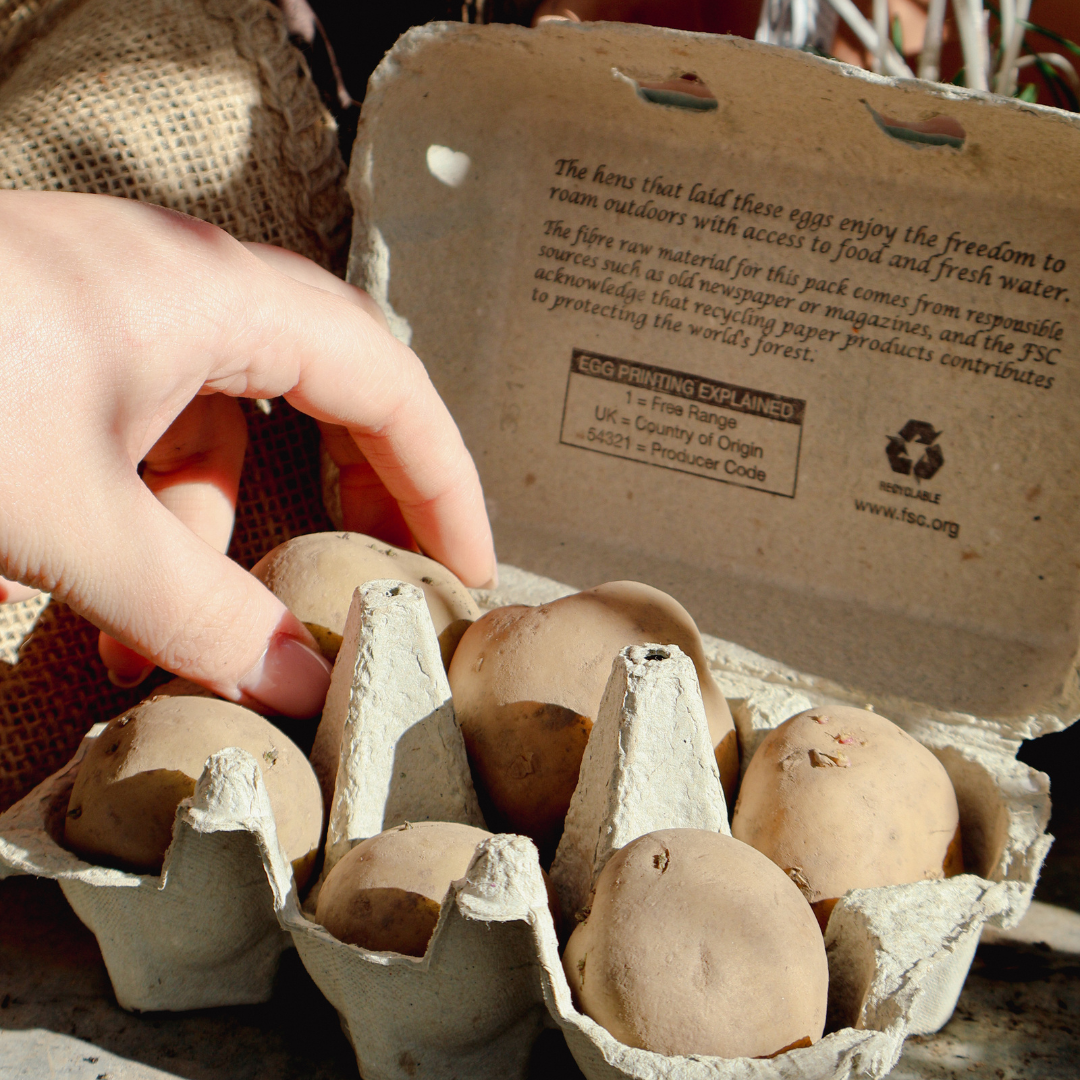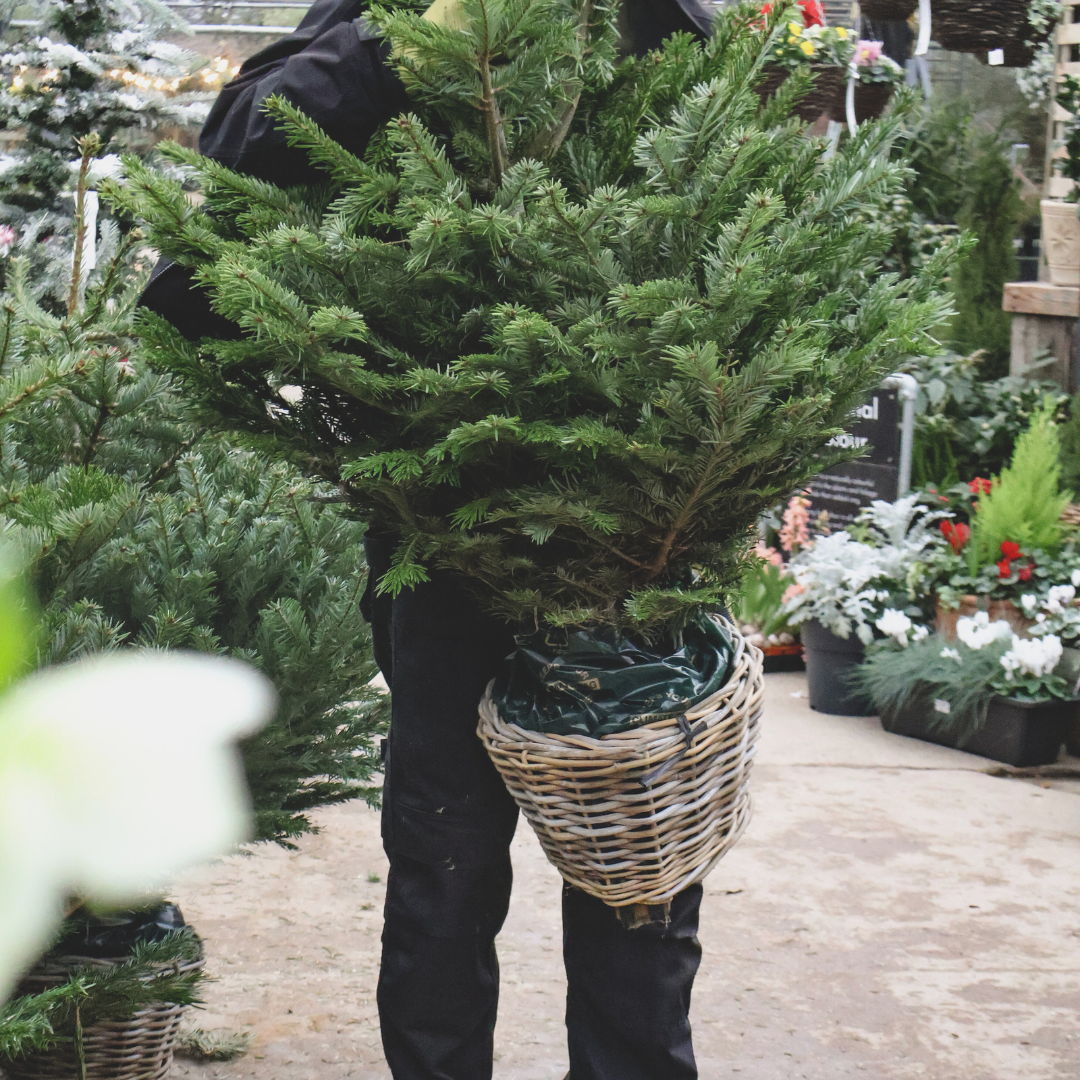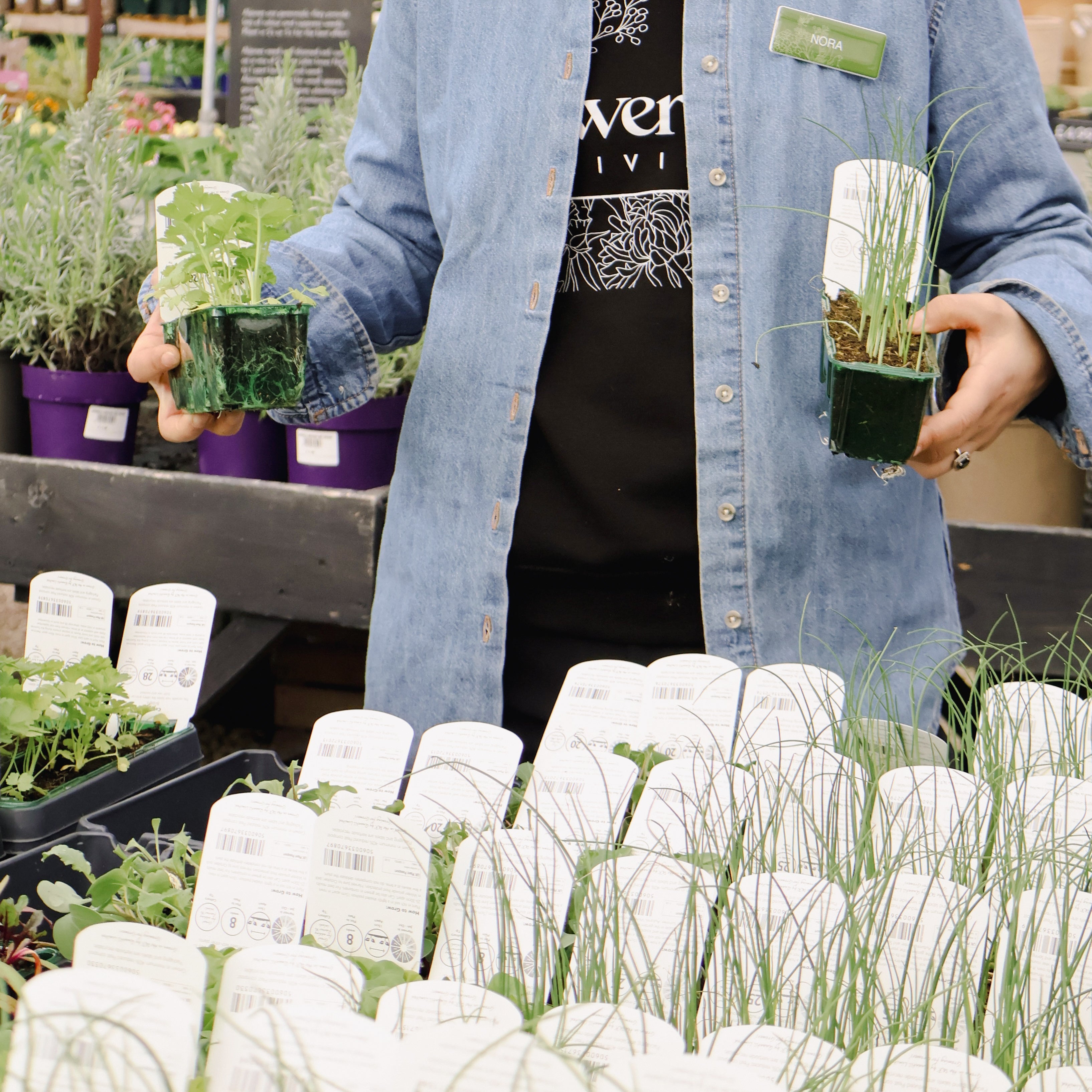From Bulb to Bloom: How to Plant and Care for Dahlias

Dahlias are one of the most beautiful and vibrant flowers you can grow in your garden. With their rich, bold colors and various shapes, they are sure to make a statement in any space. Whether you're a seasoned gardener or just starting out, dahlias are a fantastic choice for your garden. In this guide, we’ll cover everything you need to know about planting and caring for dahlias, ensuring they thrive all season long.
1. Choosing the Right Dahlia Variety
Dahlias come in a range of shapes, sizes, and colors, from small pom-pom blooms to large, dinner-plate-sized flowers. Before you start, decide what type of dahlia fits your garden best. Consider factors like:
-
Flower Size: Choose from small decorative dahlias or large dinner-plate varieties.
-
Flower Shape: There are many varieties, including cactus, anemone, ball, and waterlily shapes.
-
Color: From bright pinks to deep purples, yellows, and oranges, dahlias offer an extensive color palette.
If you're unsure, visit a local nursery or garden center to see what varieties thrive in your region.
2. When to Plant Dahlias
Dahlias are warm-weather plants, so it’s essential to wait until the danger of frost has passed. In most regions, this means planting them in late spring or early summer, typically after the last frost date.
You can plant dahlias from tubers (the underground storage root of the plant). Ensure the soil temperature is consistently above 60°F (15°C) before planting. If you're in a colder climate, consider waiting until the end of May or early June.
3. Planting Dahlias
Planting dahlias correctly is crucial for their growth. Here’s a step-by-step guide to get started:
Step 1: Choose a Sunny Spot
Dahlias need at least 6-8 hours of sunlight each day, so pick a location with plenty of direct sunlight. This will encourage healthy growth and vibrant blooms.
Step 2: Prepare the Soil
Dahlias prefer well-drained, fertile soil. If your soil is heavy or clay-like, consider amending it with compost or organic matter to improve drainage and fertility. A slightly acidic to neutral pH is ideal (6.0-7.0 pH).
Step 3: Planting the Tubers
-
Dig a hole about 4-6 inches deep (10-15 cm) for smaller varieties and 6-8 inches (15-20 cm) for larger ones.
-
Place the tuber in the hole, with the “eye” (the small bud or sprout) facing upward.
-
Gently cover the tuber with soil, leaving a little room for it to grow.
If you're planting multiple dahlias, space them about 18-24 inches (45-60 cm) apart, depending on the variety's size.
Step 4: Watering
Water the tuber immediately after planting to help settle the soil. After that, avoid overwatering—dahlias don’t like to sit in soggy soil, which can lead to rot.
4. Caring for Dahlias
Watering
Dahlias prefer consistently moist soil, but it should be well-drained. Water them deeply once or twice a week, depending on the weather. During dry spells, increase watering to keep the soil moist but not soggy.
Fertilizing
Dahlias are heavy feeders. Once they start growing, feed them every 4-6 weeks with a balanced fertilizer (like 10-10-10) or a fertilizer high in potassium and phosphorus to encourage blooming. Avoid using too much nitrogen, as this can lead to lots of foliage but fewer flowers.
Staking
Tall dahlia varieties may require staking to keep their stems upright, especially once they begin to bloom. Use a stake or a support ring to prevent the flowers from falling over in the wind or rain.
Deadheading and Pruning
To keep your dahlias blooming, remove dead or faded flowers regularly. This process, known as "deadheading," encourages the plant to produce more blooms. Additionally, you can prune any leggy or damaged growth to help the plant focus its energy on stronger stems and blooms.
Pests and Diseases
Dahlias can be susceptible to pests like aphids, slugs, and snails, as well as diseases like powdery mildew and botrytis (gray mold). Regularly check for pests and remove them by hand or with an insecticidal soap. Ensure good air circulation around the plant to prevent fungal diseases.
Dahlias are relatively easy to grow and can provide beautiful blooms throughout the summer and into the fall. With a little attention to soil, water, and sunlight, you'll be rewarded with a colorful and stunning garden. By following these simple planting and care guidelines, you’ll be able to enjoy the beauty of dahlias year after year. Happy gardening!




